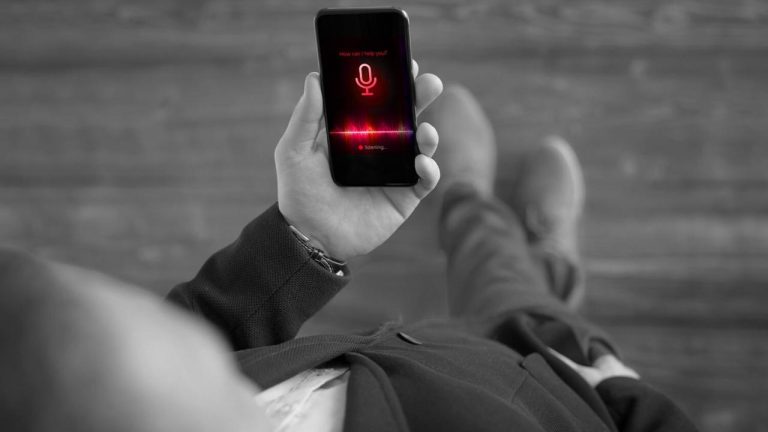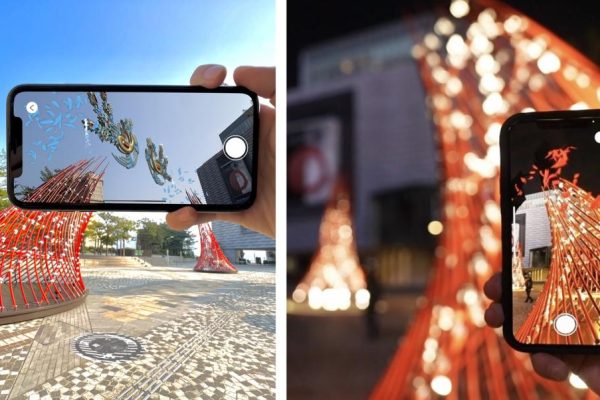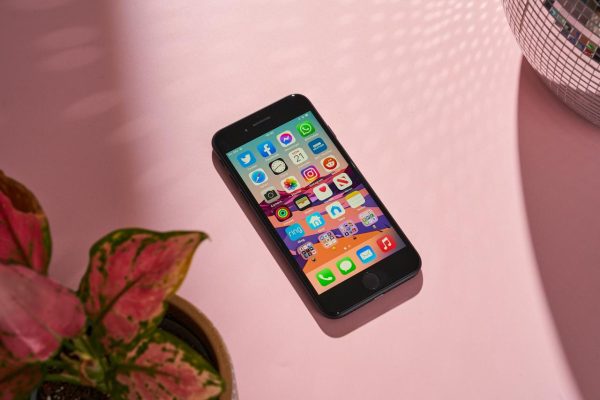Smartphones, once mere communication devices, have evolved into transformative tools that have fundamentally altered the landscape of human interaction. These pocket-sized gadgets have not only revolutionized how we communicate but have also redefined the nature of our relationships, behaviors, and societal norms.
1. Instant Connectivity
Smartphones have redefined the concept of connectivity. With various communication apps and social media platforms, staying in touch has become instantaneous. The ability to reach out to anyone, anytime, has transformed the way we maintain relationships, transcending geographical barriers.
2. Altered Communication Patterns
The nature of conversations has evolved. Text-based communication, emojis, and multimedia sharing have become integral parts of our interactions. These tools have not only enriched conversations but have also altered the nuances of expression and understanding.
3. Shift in Social Behavior
Smartphones have influenced social behavior significantly. From dinner tables to public spaces, their omnipresence has altered how people engage with each other. Screen time often competes with face-to-face interaction, impacting the depth and quality of personal connections.
4. Formation of Digital Communities
Smartphones have given rise to digital communities. Social media platforms and online forums serve as spaces where individuals with shared interests connect, form communities, and engage in discussions, transcending geographical limitations.
5. Impact on Relationships
The dynamics of relationships have been redefined. Smartphones offer constant connectivity, yet paradoxically, they can also lead to feelings of disconnection. They’ve influenced how we express affection, resolve conflicts, and nurture relationships, both positively and negatively.
6. Balancing Digital and Real-world Interactions
The challenge lies in striking a balance between digital and real-world interactions. Over-reliance on smartphones can sometimes hinder meaningful face-to-face connections and experiences, necessitating a conscious effort to manage screen time and prioritize personal interactions.
7. Influence on Cultural Norms
Smartphones have influenced cultural norms and etiquette. They’ve introduced new norms for socializing, etiquette for using devices in public spaces, and even influenced language with the advent of text-based shorthand and emoji communication.
Conclusion
The impact of smartphones on human interaction is undeniable. They’ve redefined how we communicate, form relationships, and engage with the world around us. As these devices continue to evolve, navigating the fine line between digital connectivity and meaningful human interactions remains a crucial challenge in ensuring that smartphones augment, rather than hinder, the richness of our social connections and experiences.






